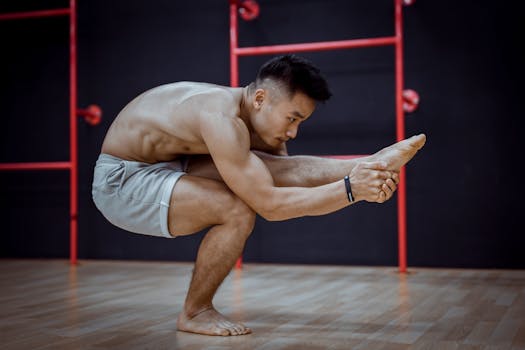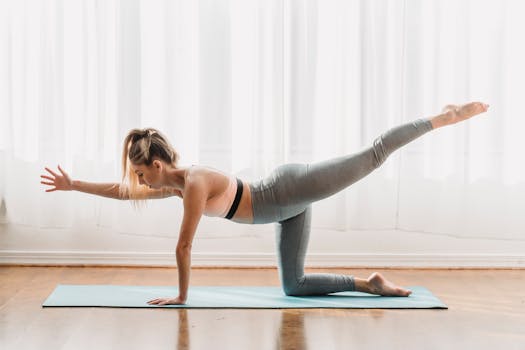
Exploring Different Yoga Styles: Hatha, Vinyasa, and Ashtanga
Takeaways: In this article, we will explore three popular yoga styles: Hatha, Vinyasa, and Ashtanga. Each style offers unique benefits and approaches to practice, making them suitable for varying levels of experience and fitness goals. By understanding these differences, you can choose the right yoga style to enhance your physical and mental well-being.
What is Hatha Yoga?
Hatha yoga is one of the most foundational styles of yoga, often considered a gentle introduction to the practice. The term “Hatha” translates to “sun” (Ha) and “moon” (Tha), symbolizing the balance of opposites. This style focuses on physical postures (asanas), breath control (pranayama), and meditation to create a holistic approach to well-being.
Typically, Hatha classes are slower-paced, allowing practitioners to hold poses longer and focus on alignment and breathing. This style is ideal for beginners or those seeking a more restorative experience. Hatha yoga classes can include various poses, ranging from basic to more advanced, and often emphasize relaxation and mindfulness.
One of the key benefits of Hatha yoga is its ability to improve flexibility and strength gradually. As practitioners build their skills, they often find increased body awareness and enhanced mental clarity. Additionally, Hatha yoga can be a great way to relieve stress and anxiety, making it a valuable practice for mental health.
What is Vinyasa Yoga?
Vinyasa yoga, often referred to as “flow” yoga, is characterized by its dynamic and fluid movements. In Vinyasa classes, practitioners transition smoothly between poses, synchronizing breath with movement. This style is more energetic than Hatha and can vary in intensity, making it suitable for those looking for a more vigorous workout.
The beauty of Vinyasa yoga lies in its versatility. Classes can be themed around specific goals, such as building strength, improving flexibility, or enhancing cardiovascular fitness. Vinyasa classes typically feature a sequence of poses known as “sun salutations,” which are repeated and varied to create a flowing practice.
Vinyasa yoga not only challenges the body but also encourages mindfulness. As practitioners focus on their breath and movement, they cultivate a meditative state that can lead to greater emotional balance and stress relief. Additionally, Vinyasa’s dynamic nature can help improve coordination and balance over time.
What is Ashtanga Yoga?

Ashtanga classes typically begin with a set sequence, including sun salutations followed by standing and seated postures. The practice is known for its emphasis on “drishti” (gaze) and “bandhas” (energy locks), which help practitioners maintain focus and control throughout their practice.
One of the unique aspects of Ashtanga yoga is the concept of “vinyasa,” which refers to the breath and movement connection between each posture. This style is not only a workout for the body but also a path for mental clarity and focus. Ashtanga practitioners often experience significant physical transformations, increased stamina, and mental resilience.
Conclusion







